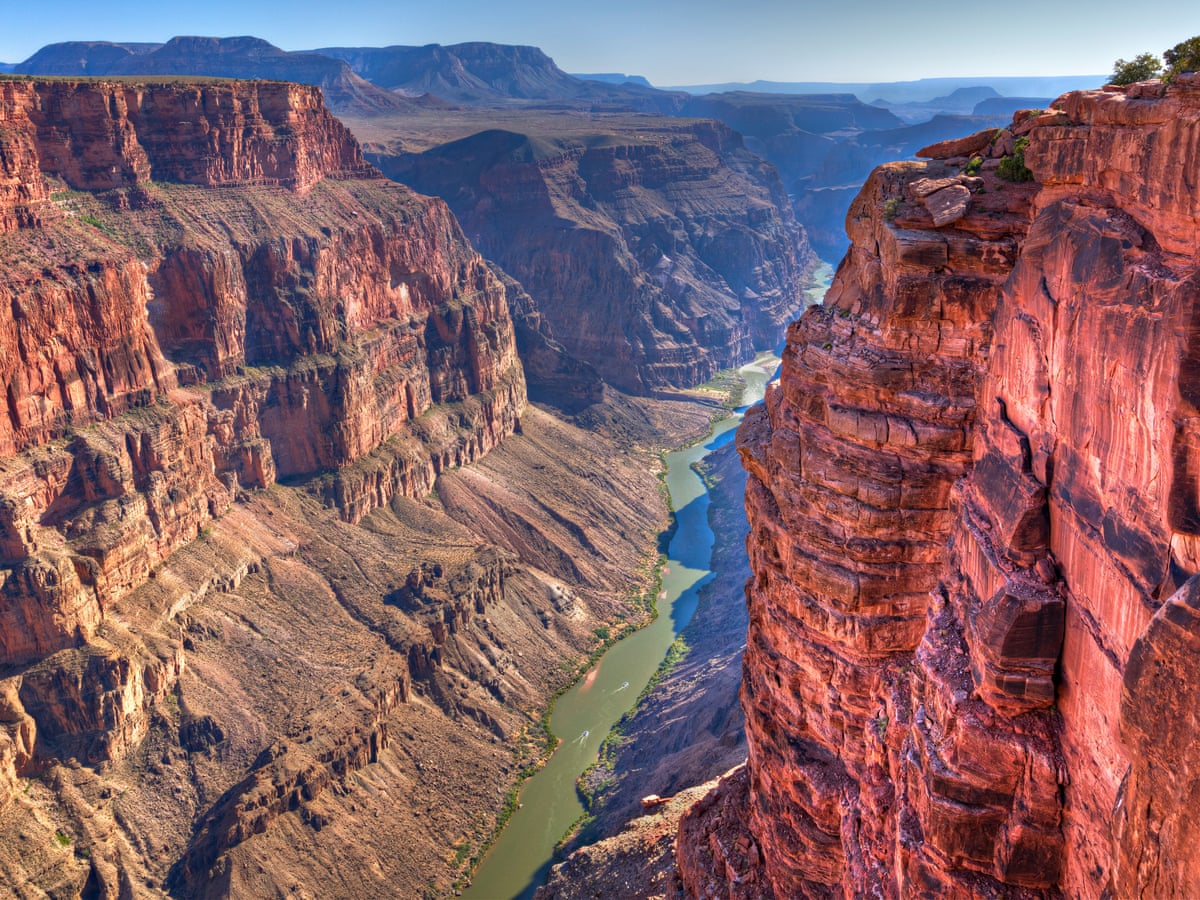
Scientists have predicted for years that the โบนัส slotxo Colorado River will continue to deplete due to global warming and increasing water demand. But a new study found that it was worse than expected.This worries rancher Marsha Daughenbaugh, 68, of Steamboat Springs, who relies on the water of the Colorado River to raise her pets.Water is the lifeblood of our lives, and without it we wouldn't have a place where we do," said Daughenbaugh, who grew up on the ranch and hopes to pass it on to our children and generations to comeLivestock farms are not just an economic base for us. But also a way of life But with two decades of drought in the Southwestern United States and record low snowfall, such a lifestyle could be in jeopardy.Things seem to happen faster than models or scientists warned a few years ago," said Brad Rudol, a water and climate scientist at Colorado State University. "If you're not worried about all of this, you don't care.
Recent reports show that the water content of the river was reduced by 20% in 2000 and by 2050 that number is expected to more than double.It's a problem that we can't find a solution to any longer, Udall said.We already have a big dam on the Colorado River. Bigger bank accounts and less income don't bring you much benefit," he warns.Many, like Jim Lochhead, admitted that the only solution was to use less water.Despite the complexity in the solution But the problem is quite simple. It's the mass equation. We have too much demand and not enough water, ”said Lochhead, CEO of Denver Water, Colorado's largest water utility.So, at the end of the day, the overall demand must be reduced and managed to maintain bank account solvent.But limiting water use will be a hassle.
The Colorado River supplies more than 40 million people in seven southwestern states, 29 tribes, and Mexico, and many of the major cities in those states rely heavily on that water.In Las Vegas, 90% of the water supply comes from rivers, in Phoenix and Denver account for 50% and in Los Angeles it is 25%.According to the 1922 agreement, each of these seven states has the legal right to a certain amount of river water. But this compact was built under the assumption that there was more water than it actually contained.On paper, we've allocated up to 30% more water than we currently have in the river, ”said Eric Kuhn, former general manager of the Colorado River District.And science suggests that we have situations where climate change affects it even more. Rivers may be a third smaller than expected when contracts are negotiated.
That means officials will have to find a way to share the amount of water that actually does not exist - and is dwindling.Another factor in this equation is that the tribes have the legal right to access 20% of the river's water but not equal access.Shanna Yazzi of Navajo Nation is one such example.Every day, the 39-year-old has to leave the house with a bucket to retrieve water from the local water tanks. She is not alone One third of the 350,000 Navajo Indian Reservation residents have no water.We work eight times harder than anyone else just to make sure we have water and plan ahead all day, planning ahead for the rest of the week. When and where am I going to get some water? ”Yazzi said.And during the global epidemic, limited access to water becomes even more frustrating.My kids and myself are all at home all the time, and we rely on that water more and more each week," Yazzi says. At the watering point now there are many other factors.When the 1922 pact was signed, none of the tribes had a seat at the table.
Daryl Vigil, co-director of the Water and Tribes in the Colorado River Basin, called it "the only tribes in the world." "Stealing water of the tribes in the institution"Sadly, Vigil said the battle for access to water is still ongoing.People use free tribal water, and you know again that tribes cannot take advantage of their own reservations, and what impact do they have?" He asked. "Tribes and sovereignty. The tribe is still 19 times more likely to have no indoor plumbing, I mean in 2021.As tribes fight for greater access to water, those in the agricultural communities are fighting to save the water they have.More than 70% of the Colorado River's flow is used for agriculture. But when rivers eventually dry up, many of these communities have to be left to save cities and suburbs, meaning less water is available for farmers and ranchers like Marsha Daughenbaugh.